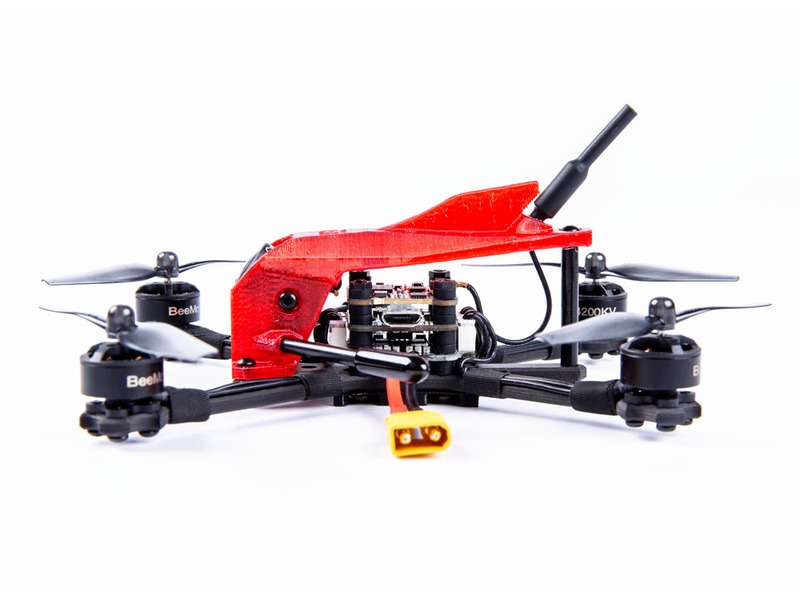What are the flying modes on FPV?

FPV (First Person View) is a type of remote-controlled aircraft that is operated from a remote location using a camera and video transmitter. The operator is able to view the aircraft's flight from the perspective of the pilot, as if they were actually in the cockpit. FPV flying is a popular hobby among RC enthusiasts and has become increasingly popular in recent years due to advances in technology.
FPV flying can be divided into two main categories: manual and autonomous. Manual flying involves the operator controlling the aircraft directly using a transmitter, while autonomous flying involves the aircraft being programmed to fly a predetermined route.
Manual flying is the most common type of FPV flying and is the easiest to learn. The operator uses a transmitter to control the aircraft's speed, direction, and altitude. This type of flying requires the operator to have a good understanding of the aircraft's capabilities and limitations, as well as the ability to react quickly to changes in the environment.
Autonomous flying is more complex and requires the aircraft to be programmed with a flight plan. This type of flying is often used for aerial photography or surveying, as it allows the aircraft to fly a predetermined route without the need for constant operator input. Autonomous flying is also used for racing, as it allows the aircraft to fly a predetermined course at high speeds without the need for the operator to constantly adjust the aircraft's speed and direction.
In addition to manual and autonomous flying, there are also several other flying modes available for FPV aircraft. These include acrobatic flying, which involves performing stunts and maneuvers with the aircraft; racing, which involves competing against other FPV aircraft in a race; and freestyle flying, which involves performing tricks and maneuvers with the aircraft.
No matter which type of flying you choose, FPV flying is an exciting and rewarding hobby. With the right equipment and a bit of practice, you can become an expert FPV pilot in no time.
Comments / Question
- More control over the aircraft
- Ability to make quick adjustments to the aircraft's flight path
- Ability to fly in tight spaces
- More precise control of the aircraft
Disadvantages of Manual Flying Mode:
- Requires more skill and experience to fly
- Can be more dangerous if not flown correctly
- Can be more difficult to control the aircraft in windy conditions
Advantages of Autopilot Flying Mode:
- Less skill and experience required to fly
- Easier to control the aircraft in windy conditions
- Automatically maintains the aircraft's flight path
- Can be used to fly long distances
Disadvantages of Autopilot Flying Mode:
- Less control over the aircraft
- Can be difficult to make quick adjustments to the aircraft's flight path
- Can be difficult to fly in tight spaces
- Less precise control of the aircraft
2. Angle Mode: This mode limits the maximum tilt angle of the drone, allowing for smoother and more stable flight.
3. Horizon Mode: This mode combines Acro and Angle modes, allowing the pilot to control the drone's pitch, roll, and yaw movements while limiting the maximum tilt angle.
4. Altitude Hold Mode: This mode allows the drone to maintain a constant altitude, allowing for smoother and more stable flight.
5. Return to Home Mode: This mode allows the drone to automatically return to its starting point when the battery is low or it loses signal.

